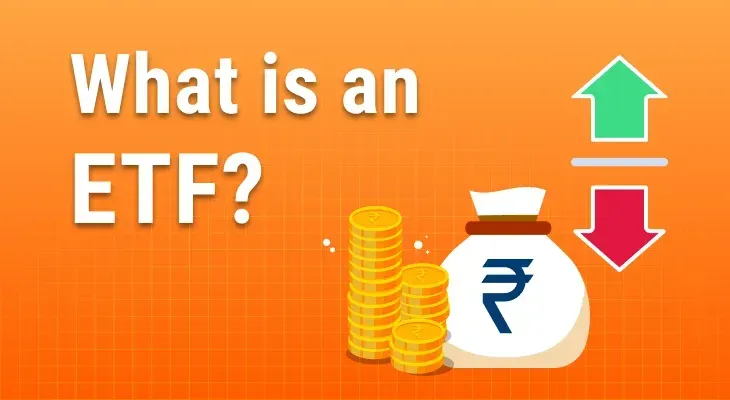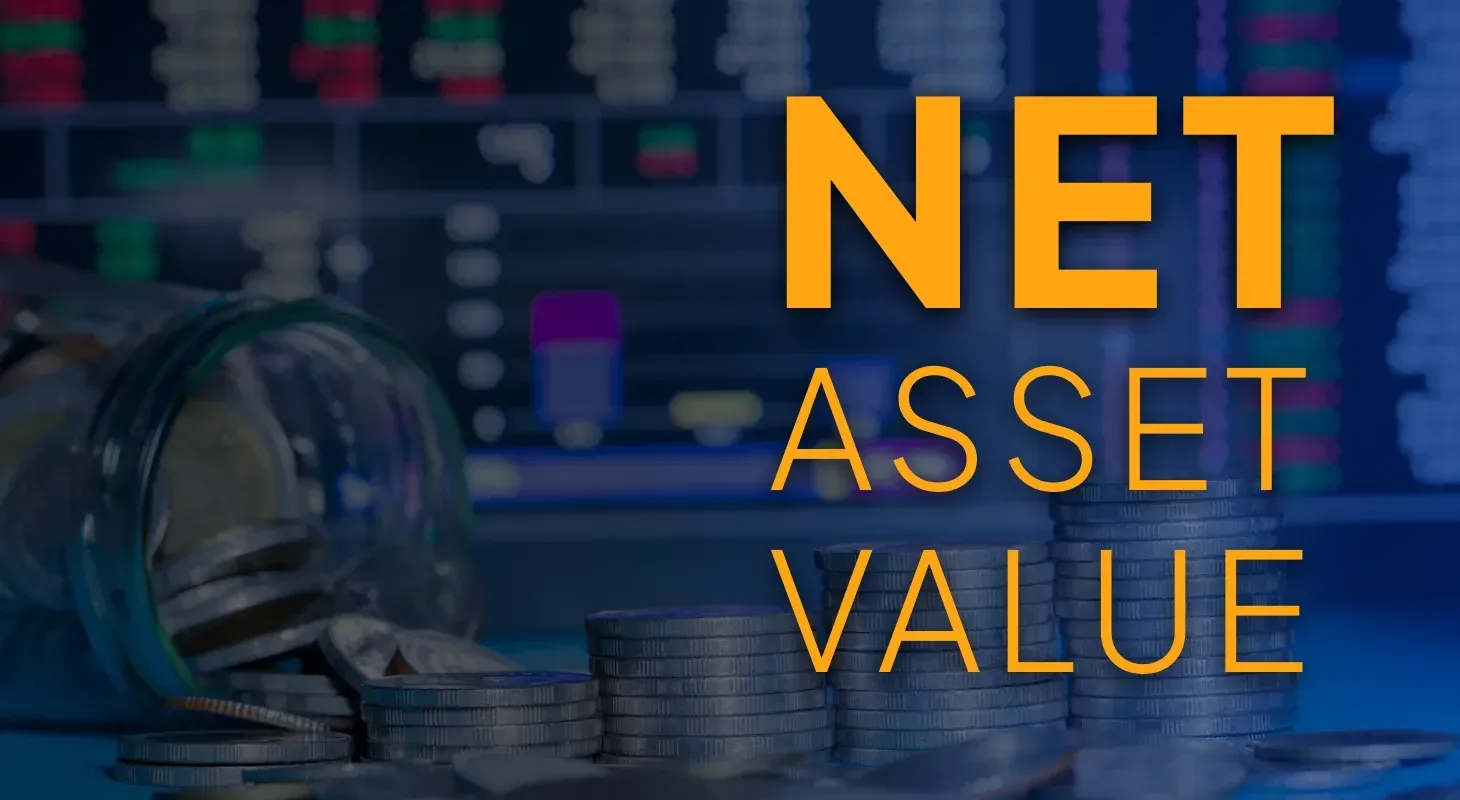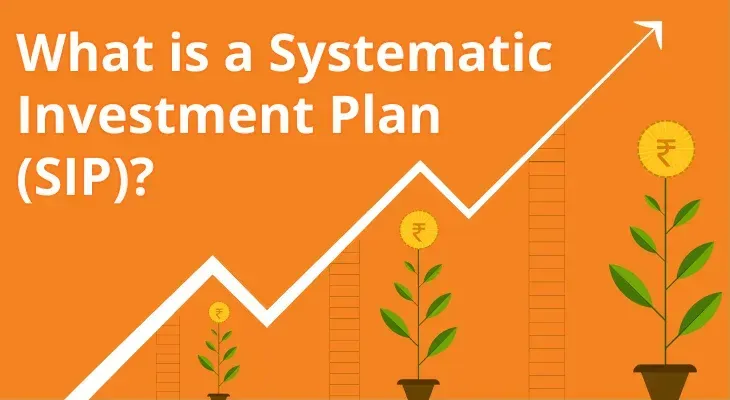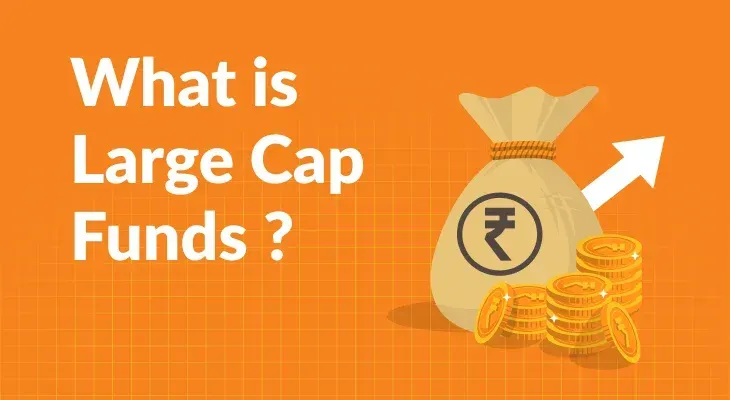
What is an ETF?
The Indian financial market offers investors and traders a wide range of assets, securities and funds. Among these options are exchange-traded funds or ETFs. If you’re not sure what an ETF is and how it works, this ETF guide can help you gain some clarity about these unique investment instruments.
What is an ETF?
An ETF is a kind of mutual fund that pools together capital from different investors and invests the collective funds in a basket of assets. These marketable securities track a stock market index, a commodity or a basket of other assets (like an index fund).
Unlike regular mutual funds, exchange-traded funds are traded on a stock exchange like the NSE and the BSE, just like stocks of listed companies. They are also passively managed because they track benchmark indices or other assets. This means the fund manager does not need to actively make decisions about which assets to invest in, how much to invest in each asset and when to exit current positions. They only need to make minor adjustments to the portfolio in accordance with the index that the ETF tracks.
ETFs vs. Stocks vs. Mutual Funds
Now that you know what an ETF is, you’ll agree that it combines the features of both stocks and mutual funds. Nevertheless, there are many key points of difference between these three investment options, as you’ll see below:
| Particulars | ETFs | Stocks | Mutual Funds |
|---|---|---|---|
| Meaning | Marketable baskets of securities that track an underlying index, asset, or sector | Securities that indicate ownership in a company | Pooled investments that invest the collective funds in different asset classes |
| Management style | Passive | NA | Generally active |
| Tradability | Traded on stock exchanges | Traded on stock exchanges | Not traded on stock exchanges |
| Risks | Reduced risks due to diversification | Higher risks | Reduced risks due to diversification |
| Investor’s control over investment | More control than mutual funds, but less control than stocks | High degree of control over the investment | Very little control over the investment |
ETF Categories
The next thing we’re going to look at are the different categories or types of ETFs available in India. Typically, you can choose from the following four different kinds of ETFs:
Equity ETFs
These ETFs track the performance of a basket of stocks. The stocks may pertain to a specific market index, like the Nifty or the Sensex. Alternatively, they may also belong to a specific industry or sector.
Debt ETFs
Also known as fixed income ETFs, these funds invest in a basket of debt instruments and securities. They are often less expensive than debt mutual funds because ETFs are passively managed.
International ETFs
International ETFs use international market indices as their benchmark. For instance, an international exchange-traded fund may track the Nasdaq or the Dow Jones Industrial Average. There are also region-specific international ETFs that track stocks from emerging and established overseas markets.
Gold ETFs
Gold ETFs track the price of gold in the domestic market. One unit of a gold exchange-traded fund equals one gram of the yellow metal. The underlying asset is 99.5% pure physical gold.
Advantages of ETFs
Exchange-traded funds offer a wide range of benefits to investors. Check out some of the key advantages of these marketable funds below:
Lower expense ratio than most traditional mutual funds
Easy tradability on the stock exchanges
Traded at market values, making investment planning easier
Efficient asset allocation and portfolio diversification
How to select an ETF?
Before you buy the units of an exchange-traded fund, you need to factor in some key aspects of the ETF. Here is a closer look at these important considerations:
Category
Depending on your risk profile and your financial goals, you need to choose from the different categories of ETFs like equity, debt, gold or international funds.
Expense Ratio
The lower the expense ratio, the better it is for you as an investor. This means a smaller portion of the fund’s assets will be required for its management and administration, leaving you with higher net returns.
Tracking Error
Exchange-traded funds closely track the underlying asset or index. However, there is always a certain degree of divergence between the underlying asset’s returns and the ETF’s returns. The smaller this tracking error is, the better.
Trading Volume
A higher trading volume indicates greater liquidity. So, before you invest in an ETF, check its trading volume to ensure that it is fairly liquid. This makes it easier to exit your position when you need to.
Conclusion
This ETF guide sums up all the key details you need to know about exchange-traded funds. You can now make a more informed decision about whether or not these funds are suitable for your investment portfolio. Keep in mind that you need to look at the liquidity and profitability of an exchange-traded fund before purchasing it. You also need a clear exit strategy to liquidate your position at the right time.
FAQ
What is tracking error?
The tracking error measures the difference between the performance of an ETF and the performance of its underlying index. Fund management costs typically lead to such tracking errors. Occasionally, improper replication of the index could also cause these errors.
What is the expense ratio?
The expense ratio is that portion of the net assets of an ETF that is used to meet the cost of administering and managing the fund. This includes administrative expenses, advertising costs, marketing and distribution expenses and more.
What happens if I do not maintain the required delivery margin in my account?
Maintaining the prescribed delivery margin in your demat account is a mandatory requirement. If you do not do so, you may be subject to penalties and restrictions on your trading endeavours. In extreme cases, your trading account may even be suspended by the broker or the exchange directly. Failure to pay for the securities that you have purchased can also, possibly, lead to legal action by the seller or the exchange.
Can I get a loan against my delivery margin?
Yes, some brokers do offer loans against your delivery margin. However, it is important to understand the terms and conditions and read the fine print beforehand. Do note, taking a loan against your delivery margin may increase your overall trading risk and could potentially result in larger losses. It is advised to carefully evaluate the risks and benefits of taking a loan against your delivery margin before making a decision.
What is an ETF fund?
ETFs, often known as "exchange-traded funds," are exactly what their name implies: funds that follow an index and are typically traded on exchanges. Purchasing an exchange-traded fund (ETF) allows you to buy and sell a collection of assets at any time during market hours, potentially reducing risk and increasing portfolio diversification.
How to invest in ETF in India?
ETF trades take place on the stock exchange where they are listed. Investors must first open a Demat account and a trading account with a broker in order to make investments. You can now open a Zero Brokerage a/c with m.Stock and pay Zero Brokerage for life across all products.
Do ETFs pay dividends?
ETFs do pay dividends. ETFs are required to distribute any dividends received on shares held in the fund portfolio. Therefore, if any of the stocks in which ETFs invest pay dividends, ETFs also do.
Should you invest in ETFs?
ETFs are a low-cost means to get exposure to the stock market. They offer liquidity and real-time settlement because they trade like stocks and are listed on an exchange. ETFs offer diversification over picking a small number of stocks, making them a low-risk alternative to investing in a stock index.


